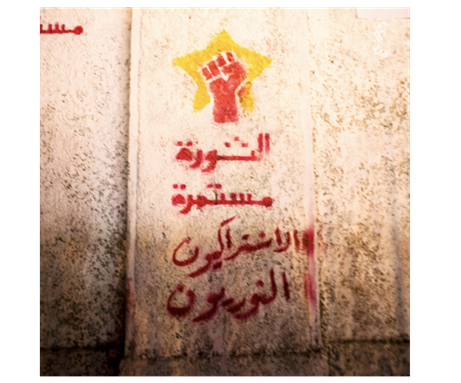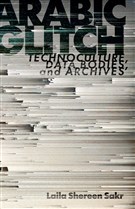Widespread access to the internet has facilitated means of acquiring news and information at rates unseen in earlier eras. As individuals, we have the ability to post and spread political information, social commentary, and other thoughts at will. This has caused an information overload for users of social networking sites. In a fight for views, reposts, and clicks, creators, both corporate and not, have been forced to develop new tactics to inform their audiences. This response to a new mode of information consumption also forces a reconsideration of how we understand knowledge production. Much of the information put forth into the world is absorbed passively, such as through characters’ storylines in books, films, and television - and this information accumulates over a lifetime. What, then, happens when knowledge is actively consumed (as is done when reading, watching, or listening to news stories), but the manner through which the information is presented still conforms to the brevity generally associated with more passive knowledge intake?
Pew Research estimates that over 70% of Americans use their phone to read the news. This is nearly a 25% increase since 2013. The constant barrage of advertisements in online articles does not make consuming news easy to do on a phone, thereby forcing media outlets and their competitors to change and adopt new tactics. Applications such as Flipboard have tried to mitigate these frustrations by simply providing the full article without the ads on their own platform, but many people still turn to sources like The Skimm. In attempting to distill a day’s worth of news coverage on domestic affairs, foreign affairs, pop culture, and sports into a few quips, undeniably both texture and nuance are lost. To compete with these services, CNN, the New York Times, and other mainstream news sources are doing the same and producing articles that give the, “Top 5 News Moments to Start Your Day,” or a, “Daily Brief.” Of course, looking at the language differences between the New York Times daily summary versus The Skimm’s, one can tell which is a more comprehensive news source. Even so, slashing the word count still takes a toll on clearly informing the public. The question then becomes, after quickly skimming through these summaries, are people doing more readings to cover what was lost? Or has “the brief” become the new standard for knowledge production and awareness?
It is more than likely that a significant portion of The Skimm’s subscribers do go on to read the full article linked in the email, but the growing popularity of similarly quick and fast news sources has had an impact on how much information viewers and readers actually understand. Between 2011 and 2014, The Skimm was founded, along with AJ+, Now This, Upworthy, and BuzzFeed News’ more serious journalism section. Undeniably, all of these sources produce and publish very important information, and make this information accessible to a larger audience. However, their production and marketing strategies hinge upon condensing very nuanced topics into videos that are, on average, only seven minutes long, as well as optimizing their materials for social media audiences. Now, it is ridiculous to expect highly textured and complicated issues to be thoroughly represented in these videos or posts. Even research based texts do not touch upon all of the complexities of a topic. The problems arise when looking at how viewers perceive themselves and their level of knowledge after actively searching out the products of, for example, AJ+ and Buzzfeed, for information. Carefully refining their materials to fit the shortened attention span of people scrolling through Facebook, social media news organizations have found their niche audience. Their products provide a simple way to deliver information to those who want gather knowledge on the “hot topics of today,” but do not what to do the leg work to be truly informed. These videos are spread throughout Facebook, Twitter, and other social media platforms in a manner that says, “Watch this, and you will know what is going on in the world.”
Understanding how information is being pushed out into the world is almost as important as the content of the information. None of these outlets claim to provide comprehensive knowledge, but in being popular sites for information, the question becomes: do they have a responsibility to encourage their viewers to continue to inform themselves about these issues? Having a well-informed society is phenomenal, but if in informing society we are also forever altering how we consume knowledge to favor brevity over nuance, what consequences could come with this change? We must ensure that the consumption of these videos does not become a license for people to see themselves as truly informed and thus appropriate for them to take the microphones at protests and speak over those who have a solid and textured understanding of the issues. Information content is incredibly important, as is spreading knowledge, and AJ+, Now This, and the like have become important role models in showing how issues should be accessible to everyone and not clouted in jargon. But we must simultaneously consider the unintended side effects that these styles of videos have on knowledge production. Ultimately, it is a mutual effort. Just as producers must be watchful of their content and method of dissemination, we as consumers must be mindful of how we digest and understand the news we take in.
[This article was published originally Tadween`s Al-Diwan blog by Diwan`s editor, Mekarem Eljamal.]

















